How H2-ready engines reduce emissions and prepare power plant operators for the future
With up to 25 percent hydrogen expected to piggyback on the natural gas infrastructure in Europe, plant operators face new questions about hydrogen-capable engines. MAN Energy Solutions expert Matthias Auer has the answers.
By Moritz Gathmann
Power plants using gas-fired engines are expected to play a big role in securing power on days with little sun or wind. But eventually natural gas, a bridge fuel, will have to give way to an entirely carbon-free alternative. One promising solution is green hydrogen, made from renewable energy and capable of being blended into the natural gas grid. But what happens when an admixture of green hydrogen is introduced into gas pipelines? Can gas-fired plants easily be adapted? Is there a way operators can prepare for it? Discover speaks with engineer and Head of Performance and Emissions at MAN Energy Solutions Matthias Auer about the future of burning hydrogen with MAN gas engines and what it takes to be H2-ready.
Hydrogen engines running on stored green hydrogen will be needed to cover periods with a lack of electricity supply by sun or wind.
Last year MAN Energy Solutions announced that its gas-powered engines can be now ordered with an H2-ready feature capable of operation with a hydrogen content of up to 25 percent by volume within the natural gas. And 100 percent hydrogen combustion is currently in development. What are the challenges in developing engines with hydrogen capability?
Matthias Auer: The main challenge, at least from an engineer’s perspective, is that hydrogen and natural gas have different combustion and burning behaviors. For example, hydrogen burns much faster than natural gas and has a wider flammability range, which makes it more difficult to control its combustion.
So, in order to keep an engine in stable operation, especially with a high share of hydrogen, the control unit plays a key role. You need active combustion control to compensate the high burning velocities of hydrogen. This was the key feature in realizing a hydrogen-capable gas engine.
So, how did you solve these challenges in the engineering process?
Each gas engine, no matter if it's a pure natural gas or hydrogen engine, is optimized, so you’re already close to limitation on temperature, pressure and turbocharger speed. If you start with a gas engine and add hydrogen, then you’ll still have to stay within the limits and compensate the influence by modifying the charge air pressure or the ignition timing. And that’s what the active combustion control unit does.
It's also important to note that, with shares of up to 30–35 percent of hydrogen, the influence on combustion properties isn’t that dramatic – there are moderate changes that can be compensated. At 100 percent, though, you have a completely different combustion behavior.
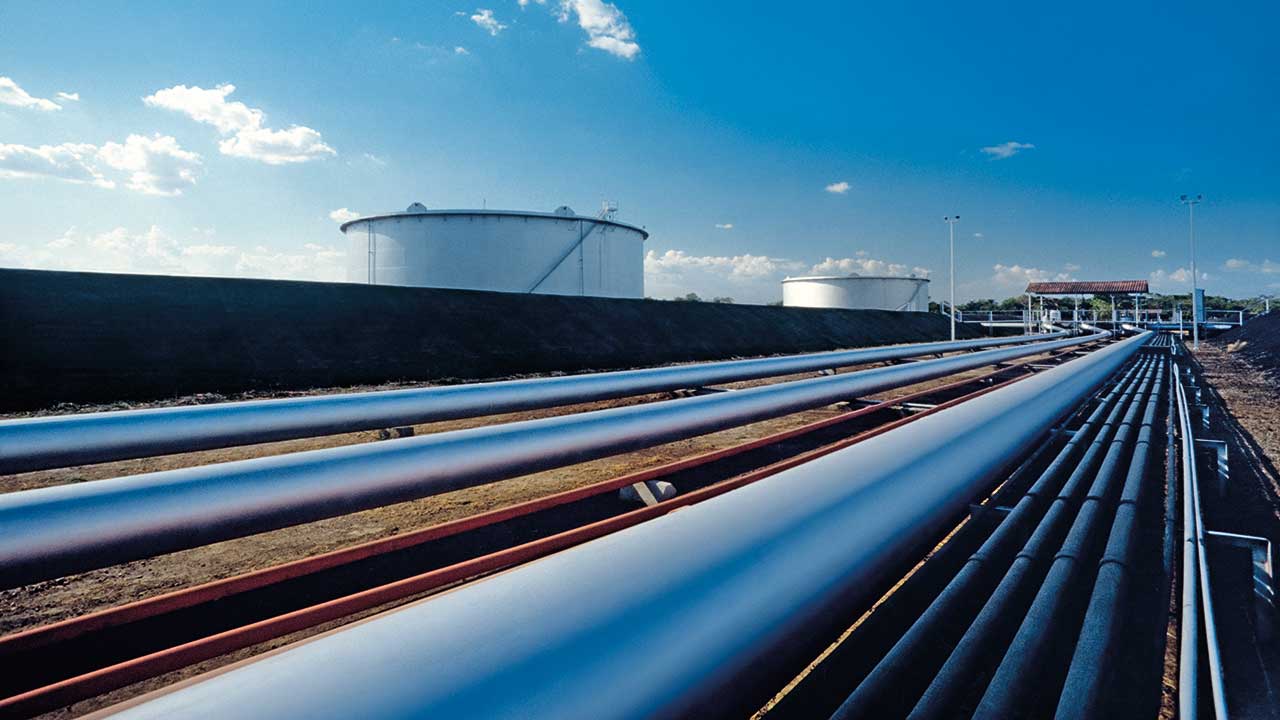
The European gas infrastructure is capable of handling 20-30 percent hydrogen.
Is this why you started with a 25-percent admixture of hydrogen?
Really, this percentage is what we currently expect from the supply of hydrogen via the natural gas grid - so we simply started target-orientated. In the immediate future, we will not abruptly have 25% of hydrogen in the natural gas, but step by step we will increasingly have surplus electric energy being converted into hydrogen by electrolyzers, which then will most likely be fed into the natural gas grid. The gas infrastructure in Germany and the rest of Europe is capable of handling 20-30 percent hydrogen without major changes. So, for now, the amount of hydrogen produced and the amount pipelines can take fits quite well with our current engine technology.
What’s the motivation for power plant operators to use H2-ready engines already today? Why not wait for a 100-percent hydrogen engine?
The intrinsic motivation is that operators already get a better greenhouse gas balance by using natural gas blended with hydrogen today. But there are also regulatory reasons, for example, the fact that from now on it is simply allowed to put hydrogen into the gas pipelines. Once you put hydrogen into the pipeline, then it can come to any consumer – including power plants, which means they need to have engines capable of running on hydrogen natural gas mixtures.
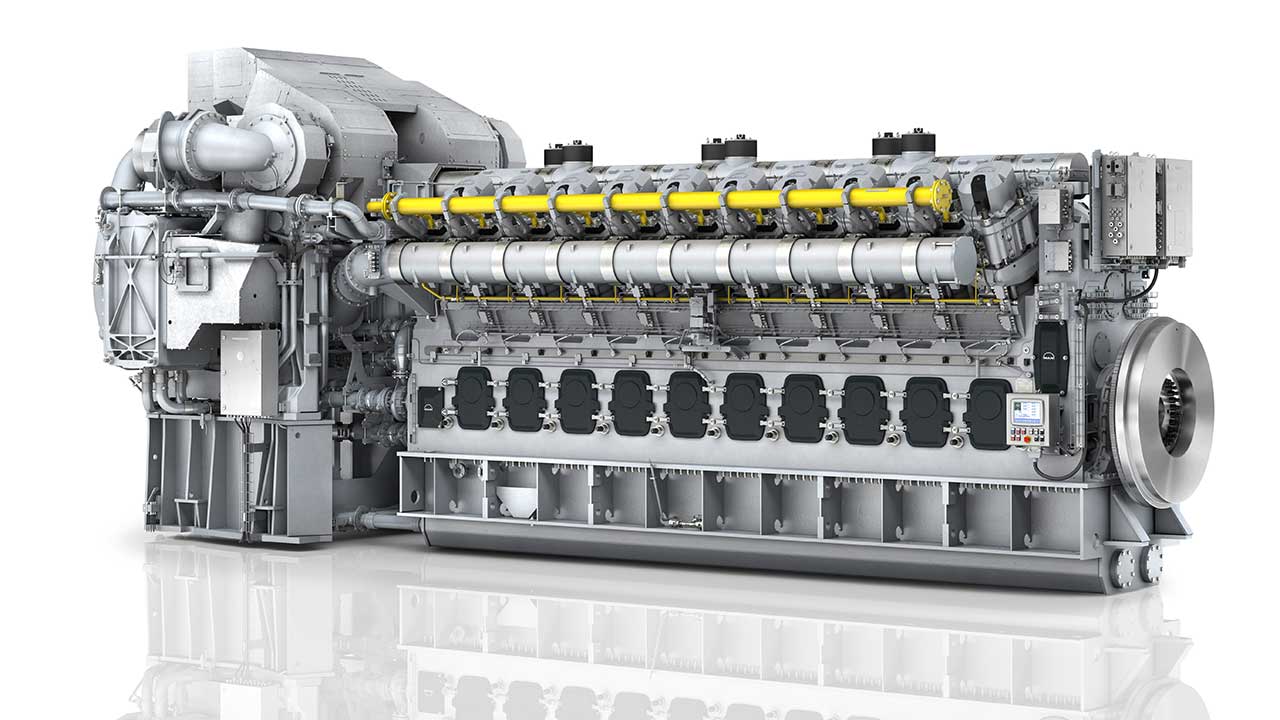
The MAN 35/44G TS, 51/60G and 51/60G TS gas engines are now designated as H2-ready and capable of exploiting a 25-percent-hydrogen-mix to further reduce CO2 emissions.
What are the advantages of direct combustion with hydrogen as opposed to other Power-to-X fuels such as synthetic natural gas (SNG)?
For one, hydrogen is the easiest synthetic fuel to produce and essentially the basis for all other Power-to-X fuels. All you need to produce hydrogen is water, an electrolyzer and the electrical energy. There are no further chemical reactors necessary, which makes it an incredibly efficient process. And, at least up to the shares mentioned, you can already feed it into the existing pipeline system.
Other Power-to-X fuels start to become relevant when it's not only about producing the synthetic fuel, but also about transportation and energy density in the storage system. It's hard to put the needed amount of hydrogen on a transatlantic cargo vessel or cruise ship or an aircraft because of the low volumetric heating value. In those applications, it makes more sense to convert the hydrogen further, for example, into methane, methanol or ammonia. But we have to keep in mind, that chemical reactions between hydrogen and the certain Power-to-X fuel are always linked to energy losses. So hydrogen, by comparison, is the most efficient.
How long until we’ll have an engine fired with 100 percent hydrogen? Is that feasible?
Absolutely – in fact, we’ve already conducted tests with 100 percent hydrogen. But those engines really only make sense when you have a stable hydrogen supply for them. And I think that’s something still quite far off because there are so many other applications where the use of hydrogen can make a greater immediate impact. So, there’s a huge demand for hydrogen. But the 100-percent hydrogen engine will come mandatory once we’re beyond on our way towards full decarbonization. Then hydrogen engines running on stored green hydrogen will be needed to cover periods with a lack of electricity supply by sun or wind.
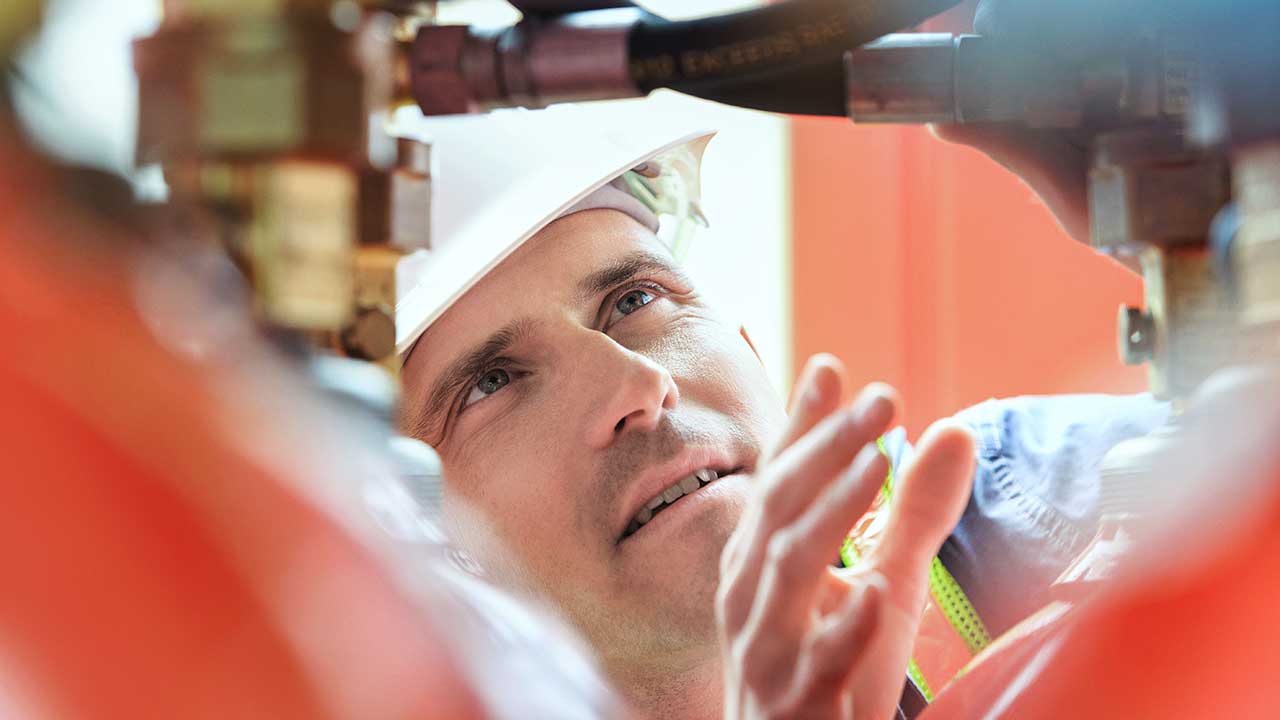
MAN engineers are already experimenting with 100 percent hydrogen combustion to show the market what's possible.
Are we talking about sometime between 2040 and 2050?
I’d say that’s realistic, but it might come some years earlier than that. And, of course, we’re already experimenting with the technology, operating pure hydrogen engines just to get the experience and to show the market what's possible.
It's always advantageous if you have the solution first, to cover the upcoming demand. This demand will strongly increase when legislation keeps on pushing hydrogen as fuel. We expect that gas engines for new built power plants as well as the plants
themselves have to be convertible for 100% of hydrogen. First demonstrators will be launched even earlier.
About the author
Berlin-based journalist Moritz Gathmann’s work has appeared in a number of media outlets, including Der Spiegel, the Frankfurter Allgemeine Sonntagszeitung and Zeit online.
Explore more topics
-

The latest-generation wind turbine installation vessel
A new wind turbine installation vessel with a customized-engine configuration lets offshore wind contractor Cadeler transport and lift more powerful turbines in even rougher locations – and they’re saving emissions while they are at it.
-
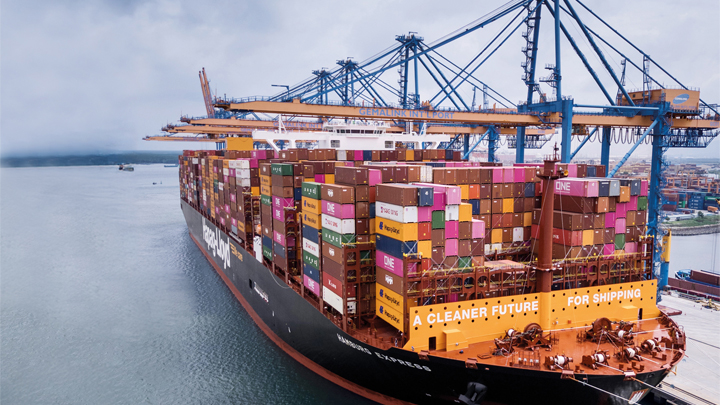
Hapag Lloyd LNG container vessel
Hapag-Lloyd’s new LNG-powered containership cuts emissions by a quarter immediately and by 95 percent with green methane
-
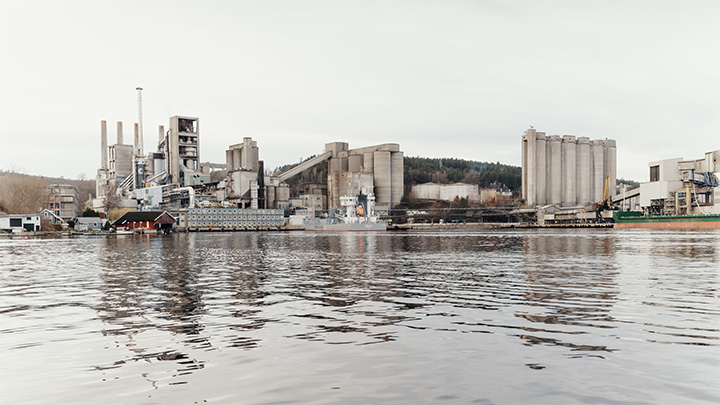
Heidelberg Materials: First CCS plant for cement industry
The first CCS facility for cement production in Brevik, Norway, is paving the way for carbon-neutral industrial processes.
MAN Energy Solutions is now Everllence.
We have adopted a new brand name and moved to a new domain: www.everllence.com. This page will also be relocated there shortly. We are working on shifting all pages to www.everllence.com.
